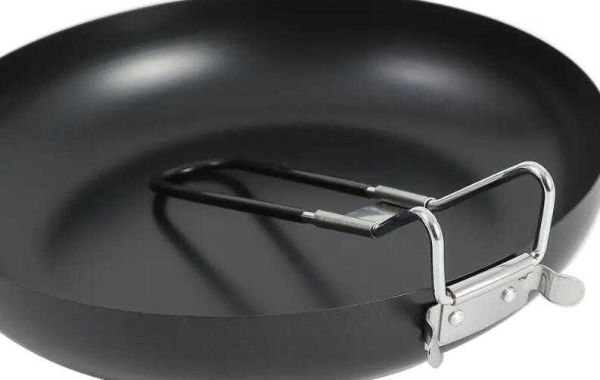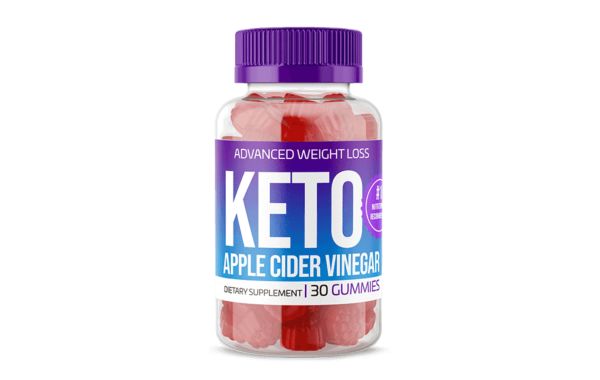Another common problem with polymeric coatings is wear and scratching. Over time, the coating can deteriorate due to regular use, cleaning, and contact with metal utensils or abrasive cleaning materials. Scratches on the coating can lead to food sticking to the exposed surface, reducing the non-stick properties and making it challenging to clean. Additionally, the release of small particles from the worn coating can negatively affect the appearance and quality of cooked food.
The degradation of the polymeric coating can also impact the longevity and performance of non-stick cookware. As the coating wears off, the non-stick properties diminish, and the surface becomes more susceptible to food sticking. This can result in the need for frequent replacement of cookware, leading to increased costs and environmental concerns. Moreover, reduced non-stick performance may require higher cooking temperatures or additional oils or fats to prevent sticking, affecting the overall cooking experience and potentially compromising the health-conscious aspects of non-stick cooking.
Polymeric coatings have a relatively low threshold for heat resistance. They are not suitable for high-heat cooking methods such as searing or broiling, as the high temperatures can quickly exceed the recommended range and cause the coating to degrade. This limitation restricts the versatility of non-stick cookware and necessitates the use of alternative cookware for certain cooking techniques.
While non-stick cookware is generally easier to clean due to its non-stick properties, there can be challenges associated with polymeric coatings. The coating may require special care and attention to prevent damage during cleaning. Harsh scrubbing or the use of abrasive cleaning agents can accelerate coating wear and increase the risk of scratching. Some detergents or cleaning agents may also be incompatible with the coating, further complicating the cleaning process.








